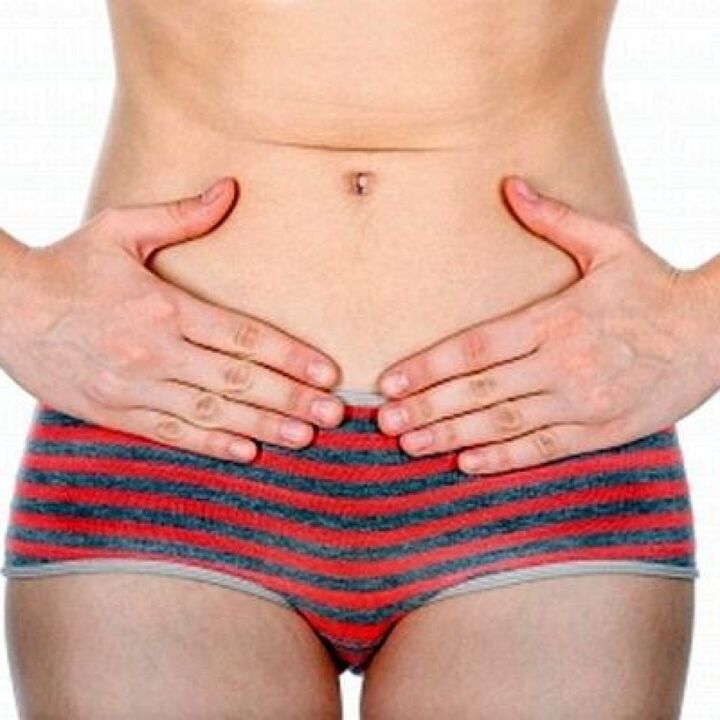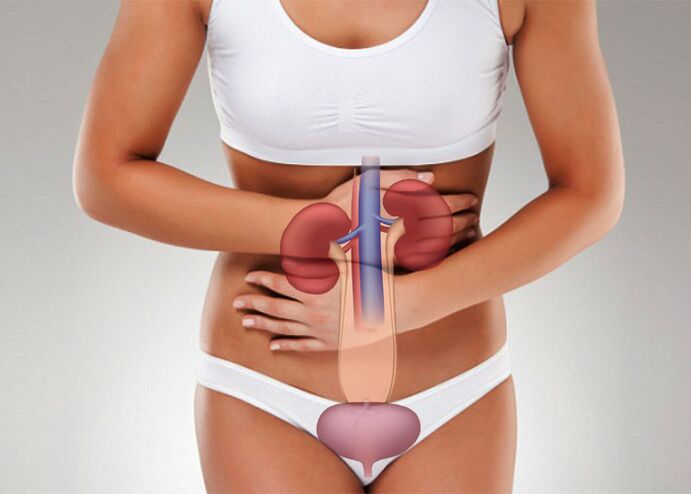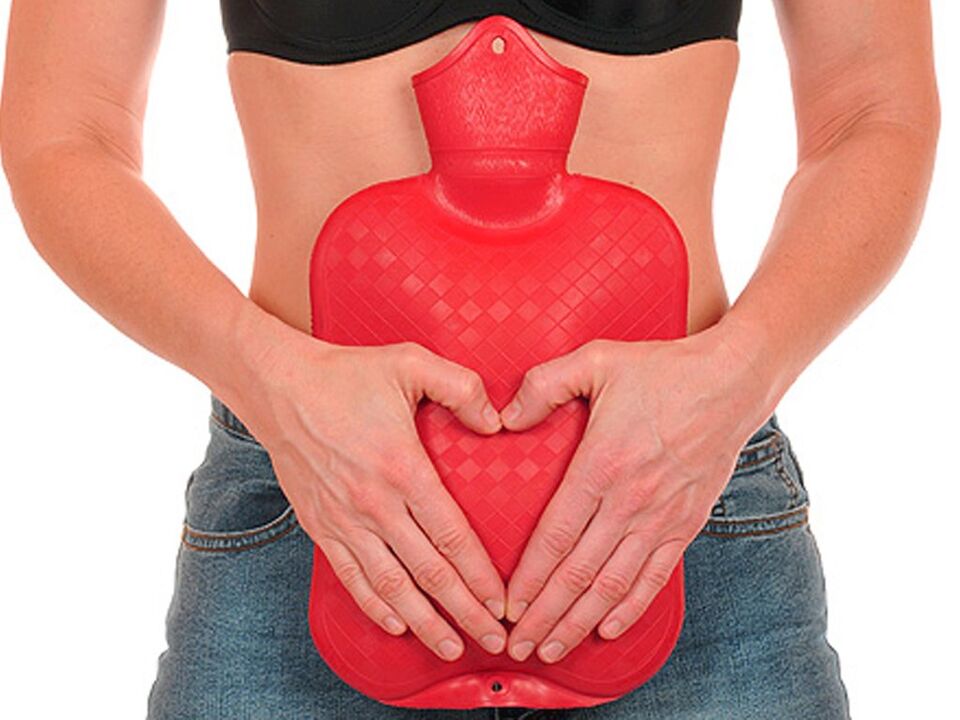In the urine system, the bladder plays the role of a collector collector: Exhausted blood filter products come from the kidneys through the ureters.It is thanks to its bladder and two muscle rings, one of which obeys conscious commands of the central nervous system, a healthy person can urinate as necessary, need and opportunity.The "possibility" in the early stages of evolution meant, first of all, a safe atmosphere.With the appearance and development of human culture, urination began to require special conditions, that is, a break in social activity, a specially designed part and/or loneliness by representatives of the opposite sex.

Cystitis is an inflammatory process on the inner walls of the bladder.A disease that causes severe normal and psychological discomfort, as well as a particular social mistreatment.A person of any age and sex can deal with this misfortune, but it is no coincidence that cystitis is sometimes called the curse of a modern woman (it would be more right to say "one of the curses", since this is not the only such disease).The main reason lies in the anatomy: compared to the male female urethra (urethra) is much smaller, more elastic, wider and more straight.This creates extremely convenient "gates" to penetrate the rising urogenital infections, the prevalence and variety of which in the modern world is really great.And although not every cystitis has an infectious nature, it is the described mechanism of its growth which is a key factor in epidemiological differences between cabinets: according to different sources, in women of active age, cystitis occurs 6-8 times more often than in men.
In general, statistical analysis allows you to evaluate the problem in a variety of angles.Thus, many sources show that at least one cystitis attack during life faces at least half of all women.At least, every quarter is sick magazines or time (some authors even consider this data very low, since all sick people are not looking for a doctor).According to medical documentation, in the clinics, among all urological patients, the share of patients with cystitis reaches 67%.In urological hospitals, this index is 5-12% (in other words, the rate of hospitalization in cystitis is also very high, which again confirms the social significance of this disease).The frequencies of acids and chronic forms are about 2: 1.
The difference in the incidence between the floors is leveled in older and old age: In older categories, the percentage of men is mainly sick with cystitis is comparable to a similar percentage of women.But in a mature, young, young (and sometimes in teenage or even child) age, when to live, it seems, to rejoice!- Cystitis is waiting and mainly chooses women.
Reasons
From infections, the bladder wall is protected by nature, in principle, quite well.The dominance of the infectious etiology of cystitis is not due to vulnerability as such, but with a combination of high probability infection with adverse external and internal conditions, most of which are somehow linked to the lifestyle.The main risk factors include any acute and chronic infections in other body systems (from caries and colitis to acute respiratory viral infections -sexually transmitted diseases), hypothermia, hypittitmineSleep.Hygiene (it is difficult to imagine how healthy skills and needs can be inadequate in the 21st century, and yet the factor remains important).The issue of gender statistical differences, we mention another, in addition to the anatomical, the cause of the endocrine, that is, the fluctuations of the hormonal background (in particular the frenzy of cystitis related to the phase of the menstrual cycle, pregnancy or menstruation).

We also note that the infection can penetrate the bladder not only rising but also declining paths - from the kidney affected by kidney.
Non -infectious forms include chemical toxic (including drugs), allergic, radiation, traumatic, parasitic.
Symptoms
The classic symptoms of cystitis include, first of all, intensive discomfort during urination: rubbing, pain, burning, etc. Often, urination leaves the feeling that the bladder is not entirely permission.Many patients complain about repeated or false push, observe the "leak" of urine in linens or the urgent nature of desire (again, anatomical reasons are more inherent in women who often "have time to run" and are therefore forced to remain closer to the toilet).In some cases, the noise or memory of blood in the urine is revealed.Hematuria should be considered to be the most dangerous urological symptom and requires an immediate differential diagnosis, as the presence of blood in the urine can be caused not only by cystitis but also for the causes of life.
It is typical and, as a rule, is severely expressed with pain syndrome: pulling or spicy, explodes or sly pain in the lower abdomen, often with radiation in the crotch or back.Without such or similar pain, it does not exceed 10% of all cells.With adequate immune response, general malaise, fever, weakness, headache is often severe.
The most likely and serious complications of cystitis include SO -called the intermediate form, when not only the mucosa but also a deeper muscle layer of the wall bubble is involved in the very severe process (it can eventually lead to the bubble and the bubble)(Pyelone, infertility, etc.).
Diagnosis

In addition to a clinical study and a standard urological inspection (however, many women prefer to cure cystitis not in a urologist, but in their "gynecologist"), laboratory tests are mainly prescribed.To date, many of all kinds of methods of detecting pathogen pathogen are successfully used - as shown above, the most likely cause should always be considered bacterial, viral or fungal infection.As a diagnostic necessity, ultrasound, less than cystoscopy, less than cystic, biopsy and other studies.
Diagnosis
In addition to a clinical study and a standard urological inspection (however, many women prefer to cure cystitis not in a urologist, but in their "gynecologist"), laboratory tests are mainly prescribed.To date, many of all kinds of methods of detecting pathogen pathogen are successfully used - as shown above, the most likely cause should always be considered bacterial, viral or fungal infection.As a diagnostic necessity, an ultrasound, an internal study of the bladder, a bladder X study, biopsy and other studies.
Treatment
Acute cystitis in chronic speeds often, easy and sneaky: gradual decrease in symptoms, and even complete disappearance, does not mean recovery at all.Therefore, the signs of cystitis described above in any of their combinations (especially because these symptoms are inherent in many other urological diseases) require immediate visit to the physician rather than the expectation of patients while "passing".During the road, we note that a huge number of good, smart, friendly, proven for centuries and other similar tips on the internet (where you can find recommendations in the area from quite logical to schizophrenic or fraudulent) is one of the factors of frequent chronic and complications of cystitis.
Based on the results of the diagnostic examination, a specific, always strictly individual therapeutic regimen is always prescribed, with the aim, first of all, to eliminate the cause of inflammation.In different cases, antibiotics, antivirals, antifungal drugs, immunomodulators and immunostimulars, antihistamines and anti -inflammatory drugs and anti -disgusting can be used.Chronic contamination in other areas is required, as well as the treatment of background diseases (nephrolithiasis, prostate adenoma, etc.).In addition, a diet, increased fluid intake and savings are required to avoid hypothermia and other risk factors.Plant therapeutic agents are prescribed exclusively by a physician and also checks the effectiveness of their administration.
Subject to these conditions, cystitis is cured.






























